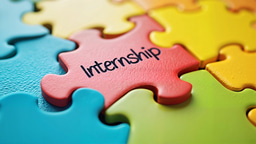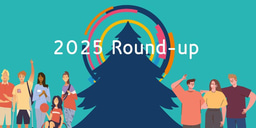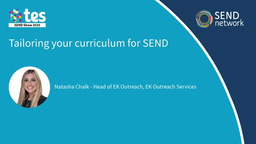Capturing evidence by using Evidence for Learning

January is invariably a time of mental stocktaking and reflection, partly because it’s the beginning of a new year and partly because the festive season has left us so impoverished we can barely afford to leave the house. The way the UK has lurched disastrously from one crisis to the next over the past several years is also enough to make many of us wonder queasily what on earth 2023 may hold for us. Or is it a case that, after the calamitous year we’ve just had, the only way is up?
In this initial blog-post, I thought it would be a good idea to extend this spirit of slightly anxious contemplation by reflecting on some of the recent positive developments that have impacted on my work at Barnet and Southgate College, so that I can build on them in the months ahead, reboot my jaded brain and set myself on the right track again.
Having worked for many years in SEND departments within a number of FE colleges, often with the most complex students, one of the recurrent questions that keeps coming up is how best to capture and assess learning that is not confined to a page or worksheet but is often a subtle, fleeting interaction or a bodily response to a stimulus? If we are using a RARPA approach (Recognising and Recording Progress and Achievement) for non-accredited courses, how do we show that our students are making the progress against their EHCP Outcomes that is usually required for their local education authorities to fund their college place?
After many attempts over the years at using different kinds of RARPA folders, in the past year I discovered the most effective software tool for capturing and assessing learning I’ve ever encountered. It’s called Evidence for Learning and is both comprehensive in the range of strategies and inputs it includes and actually very simple and direct in that it allows you to take photos or video evidence on an iPad and then reference this against a student’s targets or outcomes, or against an external framework like the one I use with my PMLD students, Routes for Learning. You can then turn these pieces of evidence into a pdf of a Learning Journey celebrating the student’s progress and achievement in a clear visual document which can be shared with parents, carers or other professionals.
We started using the Evidence for Learning software at the beginning of this academic year and it’s been my role to set up the system and introduce it to the other teachers, which has not been without its difficulties, chiefly in the form of IT issues. It’s still early days but the positive results we have seen have really made a difference not only to how I record subtle moments of learning but how I perceive and notice them, because I am invariably ready with my iPad to add another piece of evidence to each student’s profile, building up a rich and vivid picture of the progress they’ve made since they joined us last September.
In my next post, I’ll outline another positive resource I’ve worked on this academic year: the Sensory Room.





Please sign in or register for FREE
If you are a registered user on SEND Network, please sign in